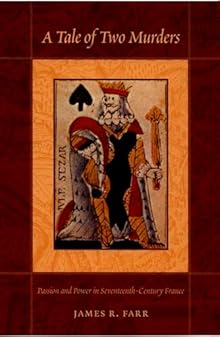World War I had a profound impact on the Middle East and North Africa. With the breakup of the Ottoman Empire, European powers carved the region into mandates, protectorates, colonies, and spheres of influence. Just a few decades later, however, World War II, however, left the colonial powers bankrupt and looking to get out of the empire business as quickly as possible, regardless of the consequences.
In the second half of a two part podcast, guest and co-host Christopher Rose from UT’s Center for Middle Eastern Studies discusses the lingering effects of 20th century European imperialism in the region and the transition to independence.








